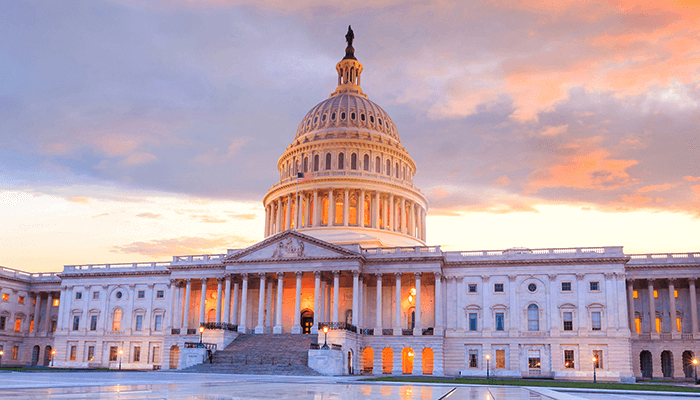Webinar & Chartbook: Where Does the Next Phase of COVID Relief Stand?
The novel coronavirus (COVID) pandemic and resulting economic crisis has been met with an unprecedented policy response. In March 2020, Congress enacted three pieces of legislation related to the current pandemic and economic crisis that will allow roughly $2.9 trillion of spending, tax cuts and tax deferrals, loans, and other measures. In April, a fourth bill, the Paycheck Protection Program and Health Care Enhancement Act was enacted which provides around $733 billion in fiscal support. Four smaller bills have also been passed, mostly with small fiscal effects. Based on scores from the Congressional Budget Office (CBO), these eight bills will add about $2.4 trillion to the deficit, on net, over the next decade.
As lawmakers negotiate the next round of fiscal relief to fight the COVID-19 public health and economic crisis, two bills as a starting point: the Senate Republican Health, Economic Assistance, Liability Protection, and Schools (HEALS) Act and the House-approved Heroes Act. Provisions in both bills include extended unemployment benefit increases (though the extensions differ); another round of $1,200 stimulus checks to most Americans; support for small businesses; and increases in health, education, housing and rental, and agricultural spending. In total, the HEALS Act would cost $1.1 trillion through 2030, and the Heroes Act would cost $3.4 trillion.
On Friday, July 31, Committee for a Responsible Federal Budget senior vice president and senior policy director Marc Goldwein presented a webinar, giving a broad overview of both bills, as well as the general state of the economy and recovery efforts enacted thus far. You can view video of the webinar below, as well as the corresponding chartbook.
What's Next
-
Image

-

-
